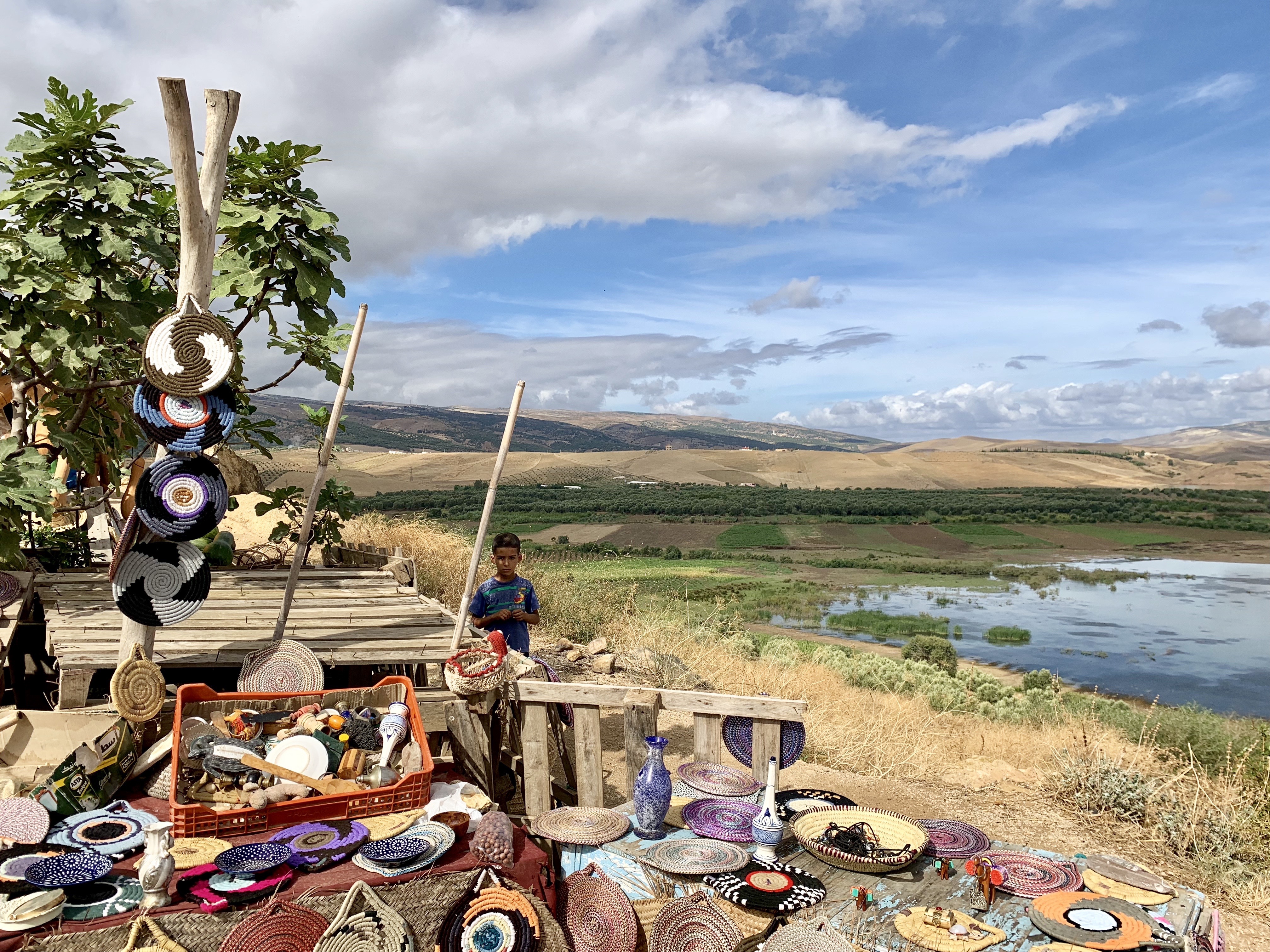Dealing With the Dark Side of Family Time
The late spiritual teacher Ram Dass once offered the sage advice, “If you think you’re enlightened, go spend a week with your family.” I often find myself echoing some version of these words in my conversations with clients who, feeling like they’ve made considerable progress in their personal development, find themselves frustrated after spending time with family. They tell me that things they thought they had resolved suddenly resurfaced in the presence of family members. Without warning, the grounded and responsive version of themselves they worked so hard to become was quickly replaced with an emotionally reactive and easily triggered version they thought they’d left behind. The first thing I do when clients share with me the disappointing encounters they’ve had around their families is to remind them that this is totally normal. Just as Ram Dass’s words suggest, no matter how far any of us believes we’ve gotten along the path of personal growth or spiritual enlightenment, time with family is bound to put our tools, our skills, and our insights to the ultimate test. This might seem counterintuitive. Why is it easier to be your best and highest self around strangers and acquaintances than it is around the people you’ve known all your life? It’s natural to find this confusing; but perhaps it shouldn’t come as such a surprise. After all, your family of origin—or, in other words, the family you were born into—is the environment in which you were shaped and molded. It’s where you first developed a sense of yourself and a way of seeing the world. The family environment is an emotionally charged environment that has its own energetic force field. When you return to that environment after becoming your own individual self, you reenter that force field. The effects of this differ from person to person, but they can include:
- Irritability or agitation
- A feeling of being easily triggered or set off
- Physical symptoms of anxiety (e.g., rapid heartrate, clamminess, dizziness)
- Fatigue
- Regression to a less mature, more childlike version of yourself
- Difficulty speaking up or stating an opinion
- Heightened sensitivity or sense of insecurity
- An unconscious resuming of old roles once played in the family
- Brain fog and difficulty concentrating
If you suffered childhood trauma or were subject to abuse in your family home, returning to the family environment can be especially destabilizing. When that’s the case, it’s important to develop a self-care plan and clear set of boundaries to help you keep the experience as emotionally safe as possible. Working with a therapist or survivor support group is a great way to develop these tools so that, if you do find yourself around family for planned or unexpected reasons, you can take care of yourself through the process. Regardless of your history or the nature of your relationships with family members, you’re likely to feel some effects from returning to a family environment as an independent adult. You might feel certain emotions come up, or notice a less preferred side of you coming out. When this happens, avoid the temptation to beat yourself up, and try to observe what’s happening with tender curiosity. Allow yourself to be a little less enlightened than you thought you were, and aim to approach the experience with mindful awareness. Practice breathing a little deeper, talking to yourself a little more kindly, and seeing your family landscape through a different lens. Use the tools you’ve been reading in books and talking about in therapy. Though you might come away from the encounter realizing there’s more work for you to do on yourself (not such a bad thing, in my eyes!), you might also find yourself with new understandings of yourself and your family that can help you grow, heal, and expand.










